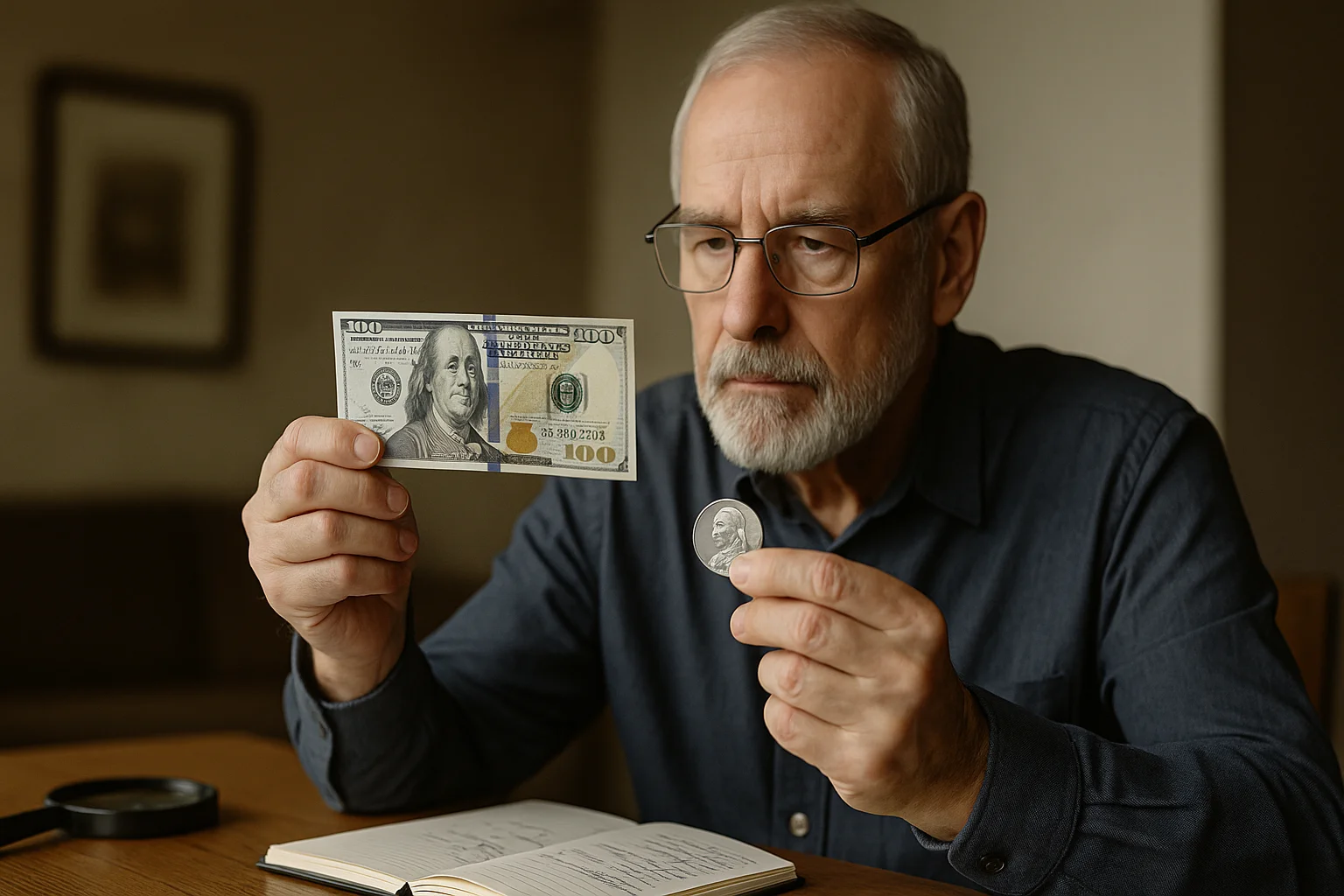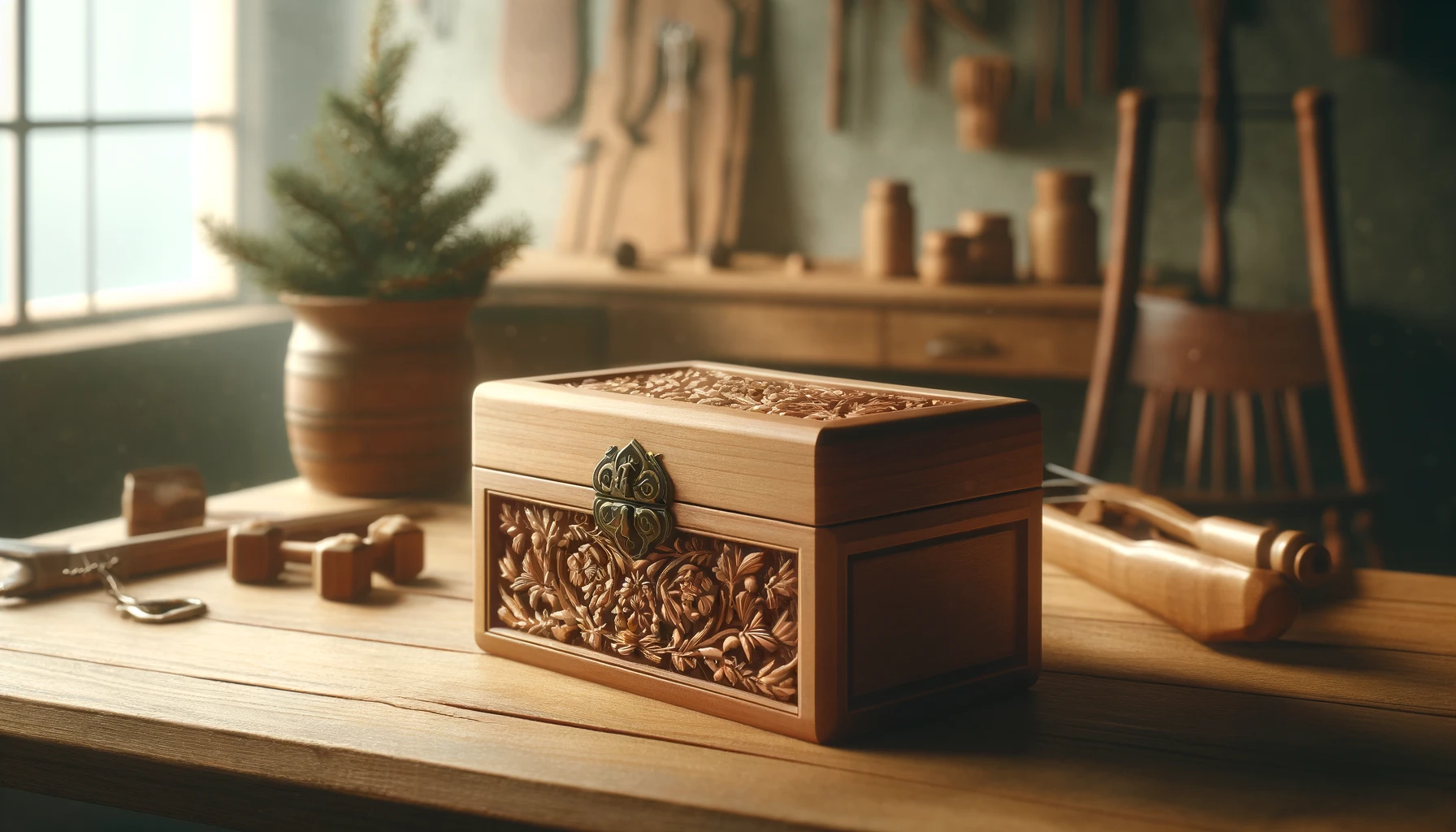The $100 Bill Explained: Fun Facts, History, and Collector’s Tips
.If you’ve ever wondered who is on the $100 dollar bill, it is none other than Benjamin Franklin — inventor, diplomat, and one of America’s most famous founding fathers. His portrait was on the note for almost a century, and it is now one of the most recognized faces in world currency.
This bill is also a trusted symbol in global trade and one of the most advanced notes in terms of security features. And Franklin’s story doesn’t end with paper money, he is also shown on collectible coins that have their own history and value.

Why Benjamin Franklin? A Portrait Choice Explained
Franklin’s spot on the $100 bill wasn’t a random choice. In 1929, when the U.S. redesigned its currency, the Treasury wanted the most respected figures in American history to appear on high-value notes. Franklin fit the bill perfectly — even without ever being president.
Here is why Franklin was chosen:
Founding Father: He helped draft the Declaration of Independence and shape the foundation of the U.S. government.
Diplomat: Negotiated key alliances during the Revolutionary War, especially with France.
Inventor and Innovator: Created practical tools like the lightning rod and bifocal glasses.
Publisher and Writer: His “Poor Richard’s Almanack” became a colonial bestseller.
Respected Statesman: Represented wisdom, self-improvement, and civic duty — values fitting for the highest denomination in circulation.
Fun fact: Franklin is one of only two people on U.S. paper money who was never a president — the other is Alexander Hamilton on the $10 bill.
By the way, don’t believe everything you hear about money history. Always check reliable sources, e.g., the Bureau of Engraving and Printing or trusted numismatic organizations to separate fact from myth.
Design Evolution: From Early Hundreds to the Modern Blue Strip
The $100 bill has gone through quite a makeover since Benjamin Franklin first appeared on it in 1929. Early versions were simple in design — black ink on the front, green on the back — with Franklin’s portrait already taking center stage. Over the decades, subtle updates were made, but the biggest transformation came in 1996 when the U.S. introduced a more modern look with improved anti-counterfeiting features.
The most recent redesign, released in 2013, brought the note we see today. Its standout feature is the 3D blue security ribbon running vertically near the center. This ribbon isn’t printed — it’s woven into the paper, with tiny bells and 100s that shift as you tilt the note. Other updates include:
Color-shifting ink in the numeral 100, changing from copper to green when tilted.
Watermark portrait of Franklin, visible when held to the light.
Microprinting in areas like Franklin’s collar and around the quill in the inkwell.
Raised printing that you can feel with your fingertips.
Quick tip to spot a fake: Tilt the note and watch the blue ribbon pattern move — counterfeiters often get this wrong. Also, check for the watermark and feel the raised texture of the ink.
Did you know that the $100 bill is one of the most counterfeited U.S. banknotes worldwide, largely because of its high value and wide circulation in international markets.
Franklin Beyond the Bill: Coins Featuring the Founding Father
Franklin’s image isn’t limited to paper money — he is also featured on some well-known U.S. coins that collectors love:
Franklin Half Dollar (1948–1963): A silver coin showing Franklin on the obverse and the Liberty Bell on the reverse. Known for its clean, classic design, it’s a favorite among mid-20th-century coin collectors.
Commemorative Silver Dollars: Issued in various years, often to mark anniversaries of Franklin’s birth or contributions. These coins typically feature intricate designs and are struck in high-quality silver.
Collectors value these coins for their historical significance, silver content, and connection to one of America’s most iconic figures. Some versions, especially those in uncirculated condition or with special mint marks, can be worth far more than their face value.
Pro tip: Use tools like Coin ID Scanner to quickly identify a coin’s year, mint mark, and potential rarity — it can save you from missing out on a valuable find.

Fun Facts You Probably Didn’t Know About the $100 Bill
The $100 bill is not just a high-value note — it is packed with history, clever design features, and even a bit of pop culture fame. Some of its secrets are visible to anyone who takes a closer look, while others are known mainly to collectors. Here are a few facts that might surprise you:
Fact 1: More popular overseas than at home
The $100 bill is actually more common outside the United States than within its borders. Many people in countries with unstable currencies prefer to keep their savings in U.S. dollars — and the $100 note is the most convenient way to store large amounts of value. This means that billions of dollars in $100 bills are circulating globally, often never returning to U.S. banks.
Fact 2: Hidden microtext in plain sight
If you look closely (and ideally with a magnifying glass) you will find microprinted words and numbers scattered across the bill. They appear along the borders, inside Franklin’s collar, and even within the quill illustration near the inkwell. These details are part of the bill’s anti-counterfeiting design, as well as little secrets for people who love hidden patterns.
Fact 3: A pop culture favorite
The $100 bill has become an international symbol of wealth and success. From blockbuster action movies to rap videos, it is used as visual shorthand for “big money”. In many cases, the bills on screen are authentic; in others, they are high-quality props made to look just like the real thing. Either way, Franklin’s face has probably had more on-screen appearances than some Hollywood stars.
Fact 4: Discovering the details yourself
Want to see the bill’s hidden features up close? Try using a magnifying glass or switch your phone’s camera to macro mode. You will notice textures, microtext, and color shifts that aren’t obvious to the naked eye.
Collector’s Tips: How to Start and Grow Your Franklin-Themed Collection
If Benjamin Franklin’s face on the $100 bill has already caught your attention, why not take it further? A Franklin-themed collection can be both fascinating and surprisingly achievable, even if you are just starting out.
Where to start:
Begin with a crisp, uncirculated $100 bill from the latest series — it makes a great centerpiece and is easy to store.
Add coins featuring Franklin, like the classic Franklin Half Dollar (1948–1963) or modern commemorative silver dollars.
Of course, finding these pieces is part of the fun.
Where to look:
Coin shows and fairs let you handle items in person and talk to seasoned collectors.
Online auctions (e.g., Heritage Auctions, eBay) can offer hidden gems, but be sure to verify sellers.
Local coin clubs often have private collections you wouldn’t find elsewhere.
Storage tips: Always use protective capsules for coins and transparent holders for bills. Keep them away from light and moisture to preserve their condition. Even small damage can cut value significantly.
Interesting fact: A $100 bill in perfect uncirculated condition can sell for more than its face value — sometimes much more if it is from a rare series or has a printing error.
Rare $100 Bills Worth Watching (Serials, Errors, and Finds)
Collectors don’t only hunt rare coins — modern $100 bills hide surprises too. Two main categories matter: fancy serial numbers (patterns that collectors prize) and error notes (printing or cutting mistakes). Both can move a bill’s value well above face, but amount depends on condition, rarity, and provenance.
Realistic expectations and a quick tip: True rarities (dramatic misprints or extremely low/special serials in uncirculated condition) can command big prices at auction. However, many “interesting” bills (minor smears, modest repeaters, circulated star notes) sell only for modest premiums. If you find something unusual, photograph it, note the series and serial number, and compare with auction archives before selling or paying for a grading service. Auction houses and PMG/PCGS archives are your friend
Franklin’s Lasting Mark
Benjamin Franklin’s image on the $100 bill and related coins isn’t just about money — it is a piece of history you can hold. Collecting these notes and coins is a way to connect with the past while enjoying the stories and details that make each piece unique. Whether you’re a casual admirer or a serious collector, Franklin’s legacy lives on in every “Benjamin” you come across.
Scopri anche:
In a world filled with mass-produced items and generic designs, there is a growing appreciation for unique creations that evoke a sense of creativity and imagination. Creazioni Uniche, which translate...
Unlock the secrets to selecting the perfect handmade gifts with our comprehensive guide. Explore how understanding the recipient, supporting artisans, and thoughtful presentation can transform your gi...
Looking for the best device tracker? Discover expert tips, top use cases, and why Number Tracker is the versatile, reliable choice for families, seniors, travelers, and groups....
© 2024 Handmade Treasures
All rights reserved.
Our Partners:
Free phone number tracker


